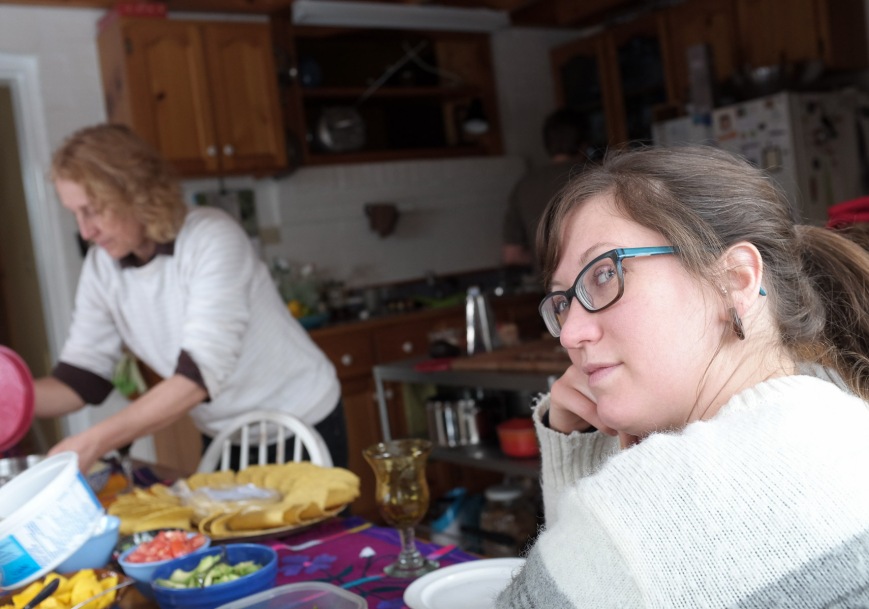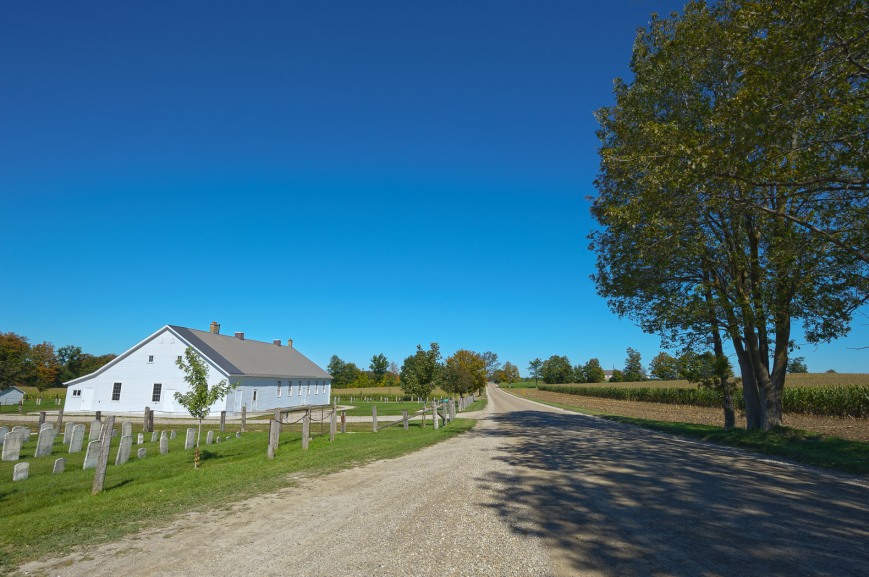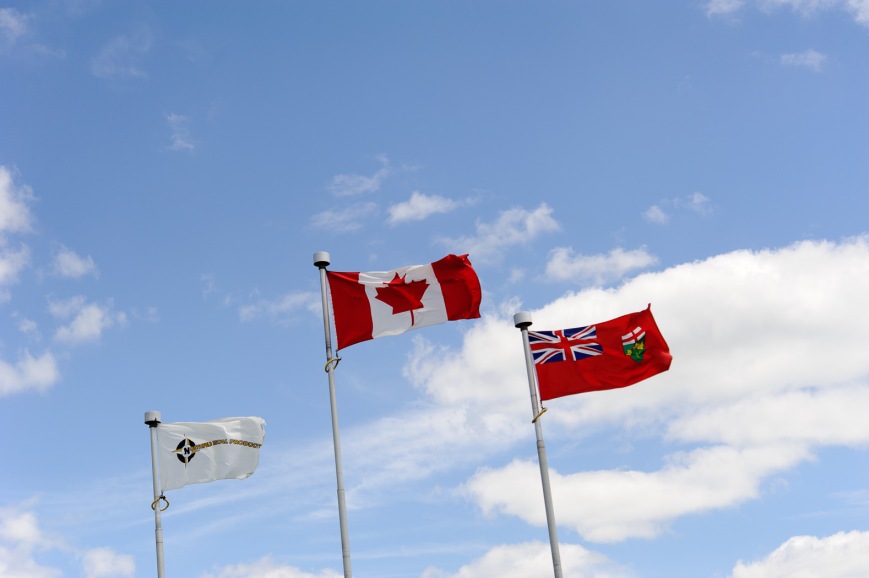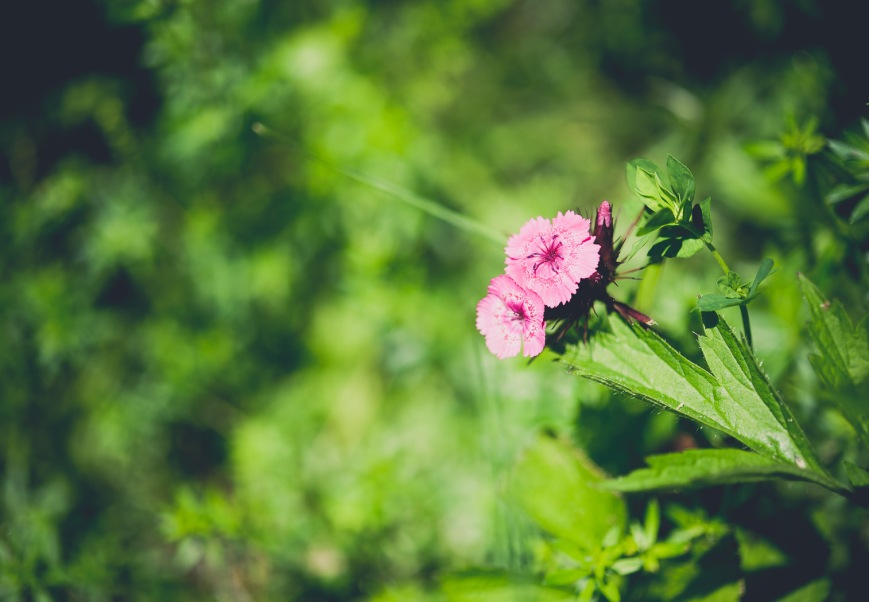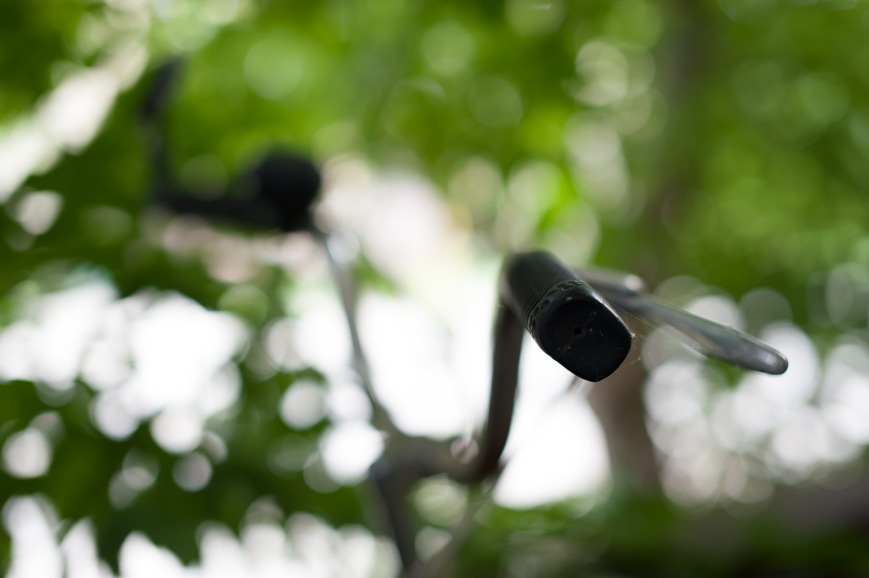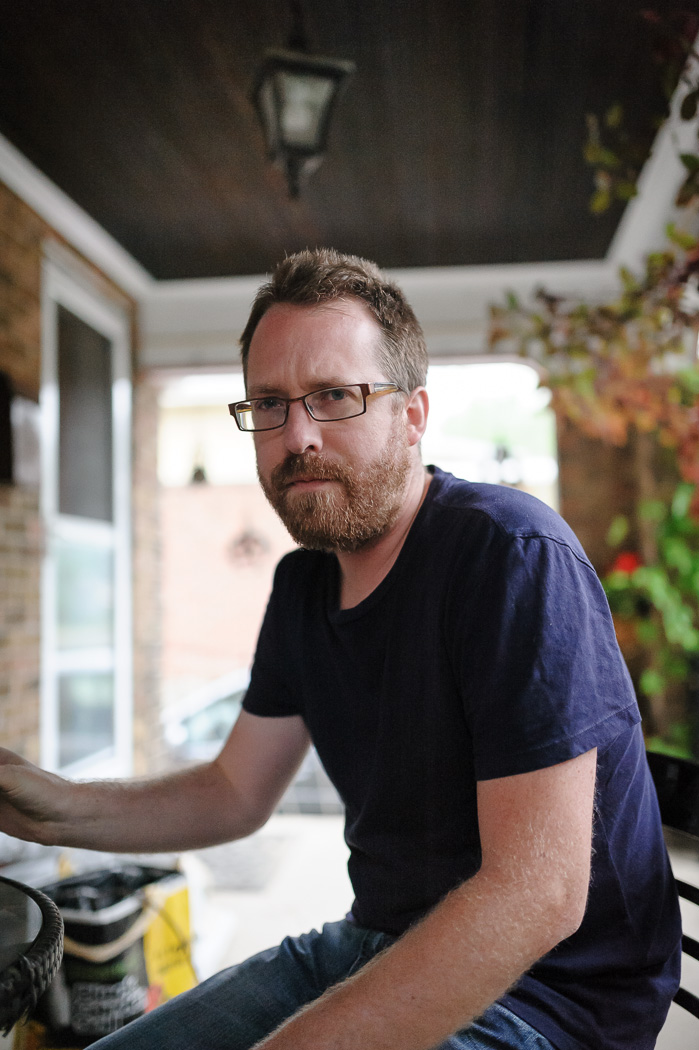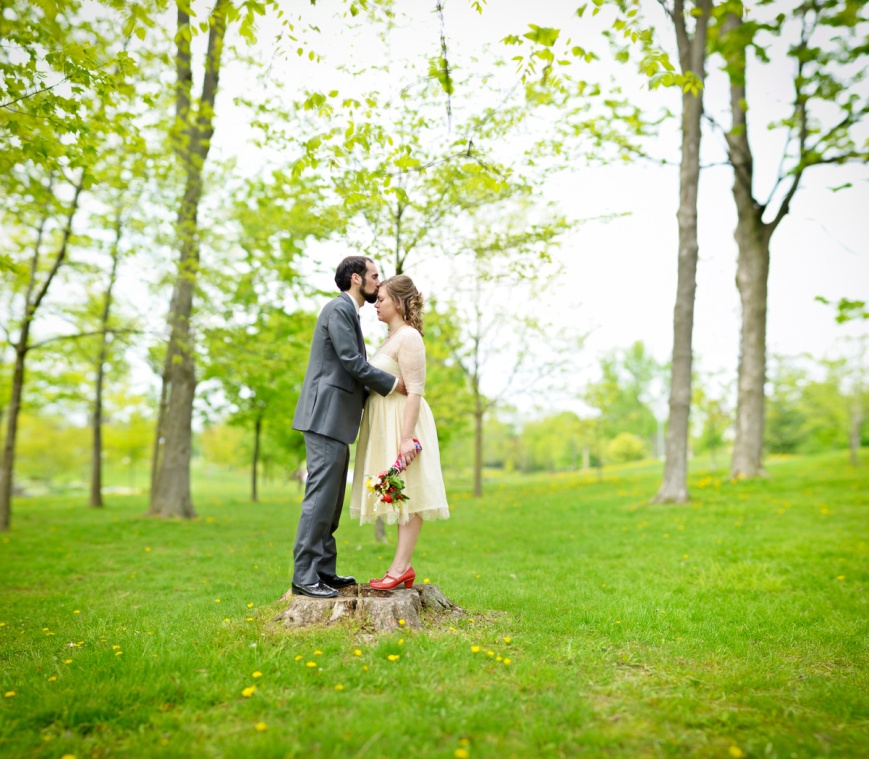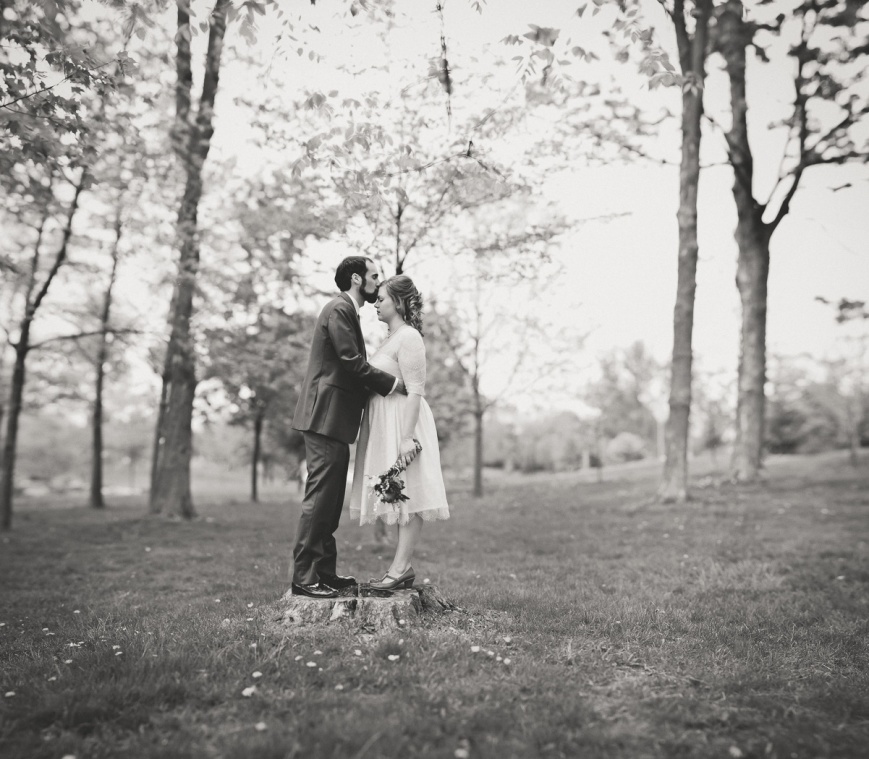In my previous post I showed how the Nikon AF-S 18-35mm f/3.5-4.5G filled my needs for a wide lens. As one of Nikon’s newest lenses it has a compact, light build and modern design. Needing a telephoto at the opposite end of the focal length spectrum I had the option of the brand new Nikon AF-S 70-200mm f/4 VR, recently on sale for a reasonable price. What I really wanted was a nice, fast prime. I scoured online every once in a while and last week hit the jackpot. A used Nikon 135mm f/2 DC!
This is a highly regarded portrait lens and short telephoto. It’s one of the oldest lenses that Nikon still sells and has remarkable build quality with an all metal body. Mine is the non-D version (something I didn’t even notice when buying it) but that only limits flash metering. It’s somewhat rare, too, as it’s expensive when bought new. The cost of this used copy was much more reasonable.
‘DC’ stands for ‘Defocus Control’, something of a misnomer as it is actually a ‘bokeh fine tune’. A control ring at the front of the lens shifts a pair of optics to tune the spherical aberrations to optimize either the foreground or background blur as I’ll show shortly. Even without using the defocus control, the blur is spectacular. Truly.

f/2

f/2

f/2.8
Like I said… truly spectacular. And, thanks to the super-shallow depth of field when wide open, it’s great for Brenizer Method bokeh panoramas.

15+ shot Brenizer Method bokeh panorama at f/2
Now, while the autofocus is reasonably quick for a screw-drive lens, the accuracy leaves something to be desired. When researching this lens in forums and reviews, AF accuracy was the number one complaint. I’ll demonstrate below. Here is a shot at f/2.8 that took four tries to nail the focus on my dad’s face.

f/2.8
With focus nailed, it’s razor-sharp, but when it’s off you really notice! Here are a couple of crops. The first is of the image above while the second is from a previous attempt.

f/2.8 (well focused)

f/2.8 (slightly out of focus)
Now on the defocus control. The method for using this feature is as follows:
- Set the lens to the desired aperture.
- Turn the ‘Defocus Image Control’ ring in either the forward or reverse direction from 0 to the R or F number that matches the aperture.
- Turn to an R or F number that is greater than the set aperture and you get an unpleasent soft focus
Turning the control ring in the R direction improves the quality of bokeh behind the subject (but has a negative impact on foreground blur). Likewise, Turning in the F direction improves the bokeh in front of the subject (but noticeably hurts the background blur). Here is a demonstration, with three images of the same subject at f/4. The first is with the control ring at 0. The next is with the control ring at 4 in the R direction. The third is with the control ring at 4 in the F direction. Notice the subtle difference in bokeh at the foreground and background.

f/4 with DC ring at 0

f/4 with DC ring at R4

f/4 with DC ring at F4
Here are some crops to demonstrate even further:


 I’m in love with this lens. I really am. However, I hope that I can figure out a way to work around the focus inconsistencies to really get the most out of it. I know it will take some work… and I’m looking forward to it!
I’m in love with this lens. I really am. However, I hope that I can figure out a way to work around the focus inconsistencies to really get the most out of it. I know it will take some work… and I’m looking forward to it!
I’ll leave you with some more examples, including mandatory cats and Mitzy.

f/2.8

f/2.8

f/4

f/2

f/2

f/4

f/2.8

f/2.8

f/2.8

f/4

f/2.8

f/2

f/2

f/2
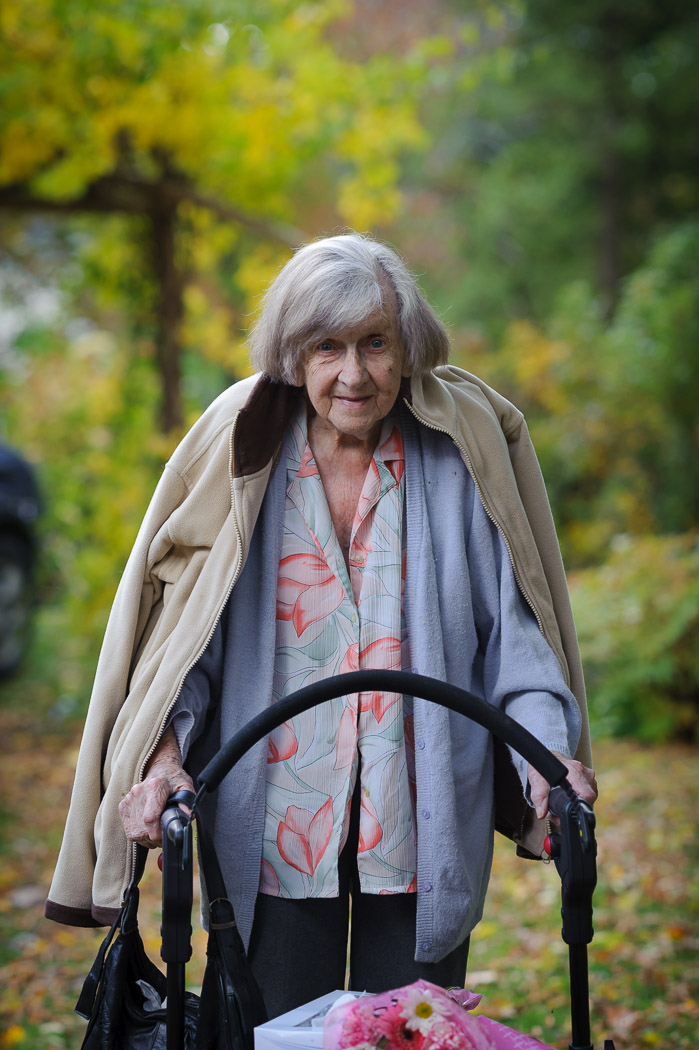
f/4














